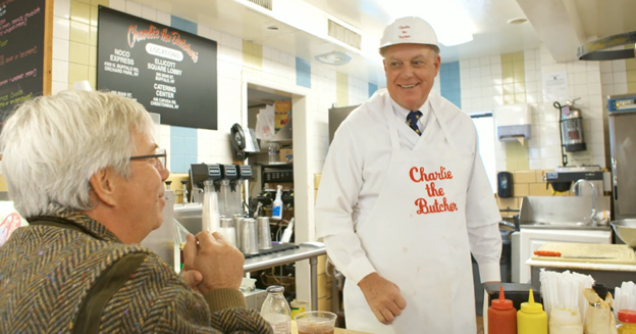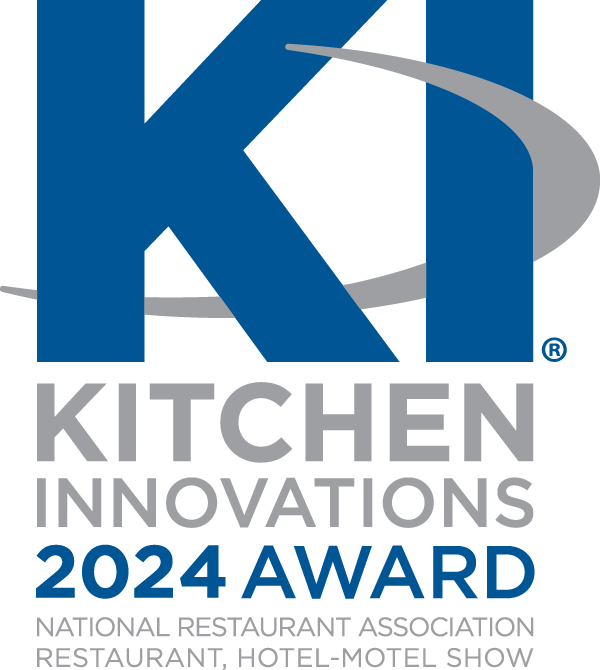
The relatively sudden and global onset of the Covid-19 pandemic has understandably had a chilling effect on the revenues and economic performance of restaurants throughout the United States. While most press accounts understandably focus on the effects such restaurant closures and shutdowns have on customers, employees and owners, the success and performance of the restaurant industry is also deeply dependent on the other stakeholders at the table, including their debt providers.
As the pandemic and shutdowns have quickly evolved, lenders and other debt providers to the restaurant industry have rushed to broker a broad variety of solutions to uniquely challenging headwinds. While approaches continue to evolve, some general trends in lender responses have begun to emerge.
New loan activity, volume and terms
Generally, the market for new loan activity in the restaurant space has been chilled since mid-March. While deals that were committed to before the pandemic were, for the most part, still consummated, lenders have been largely sidelined from new loan issuances.
While do still see new loans being issued for very bespoke situations and especially strong companies, the market is unlikely to re-generate with much organized energy until both: (x) regional differences in the US regarding Covid-19 infection rates and governmental responses begin to fall away in favor of more uniform data and mandates, and (y) buyers and sellers of restaurants begin to settle on appropriate earnings amounts to use as a valuation tool.
Terms for any new loan issuances have generally and understandably seen lenders looking to rein in several borrower-friendly terms that emerged in the loan markets prior to the onset of the pandemic. The allowance of dividends, investments and the incurrence of other debt have received a tremendous amount of focus, and borrowers and lenders alike have often focused on arriving at practical business needs in lieu of pushing covenant allowances to market limits.
Treatment of missed lease payments under credit documentation
Lease-related triggers in existing restaurant loan agreements typically fall into a few different camps – requirements for strict compliance with all or most leases, covenants to generally comply with most contracts and silence.
For those loan agreements requiring strict compliance with all or most leases, lenders have generally been waiving non-payment on leases retrospectively and for limited go-forward periods, at least for borrowers they would like to remain engaged with and especially if and as landlords are appreciating the scope and depth of financial difficulties with their tenants.
We have been very mindful with our lending clients to avoid strategizing or “blessing” the non-payment of leases in their discussions with borrowers. While they can and should manage the aftereffects of non-payment, the underlying contract is one between the tenant and landlord, not with lenders.
Lender responses to events of default and anticipated covenant defaults
Lender responses have run the gamut in terms of whether and how to waive pandemic-related defaults, but clear trends are beginning to emerge.
Bank lenders have been proactive in offering some principal and interest payments relief in the first half of 2020, but that trend will necessarily run out of capacity soon. Private credit providers often have back-end lending partners and other non-accrual concerns which have foreclosed much payment relief. However, many of those loans have nominal amortization (e.g., 1.00% per annum).
Financial covenant compliance has typically been tackled in the context of more substantial loan modifications, waivers, and forbearance agreements. Notably, these approaches are usually bundled with a variety of mitigating terms, including increased equity contributions from owners, the replacement of maintenance covenants for a limited period with liquidity tests, increased financial deliverables, and increased interest rates and amendment fees.
Borrowers and lenders alike are working to determine how to gauge EBITDA measurements in a post-pandemic environment, with no globally settled approach – options include an annualization of performance in 2021, attempting to gauge performance exclusive of Covid-19 effects and offering add-backs to net income that “normalize” performance.
Importantly, lenders are generally not accepting a general premise that revenues “lost” to the pandemic are an appropriate addback in calculating EBITDA.
In summary, the loan market for restaurants has been a chilled and volatile environment in the Covid-19 environment. Still, lenders of all stripes are recognizing the critical role they play as stakeholders and are finding creative and constructive ways to forge a road ahead as partners in the industry.
Derek F. Ladgenski (pictured, right)
Further details:
Derek F. Ladgenski, is a partner at Katten Muchin Rosenman LLP. Derek counsels lead arrangers, administrative agents and lenders on cash-flow acquisition and recapitalization financings, “take private” transactions and debt financings.
To contact him, please email dl@katten.com or visit katten.com.




